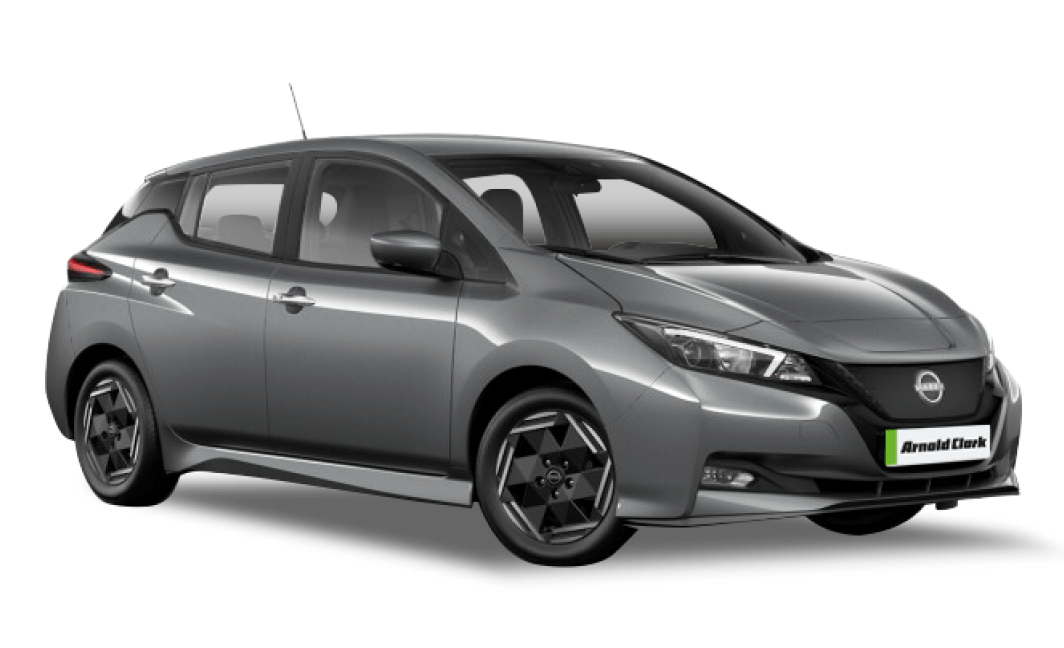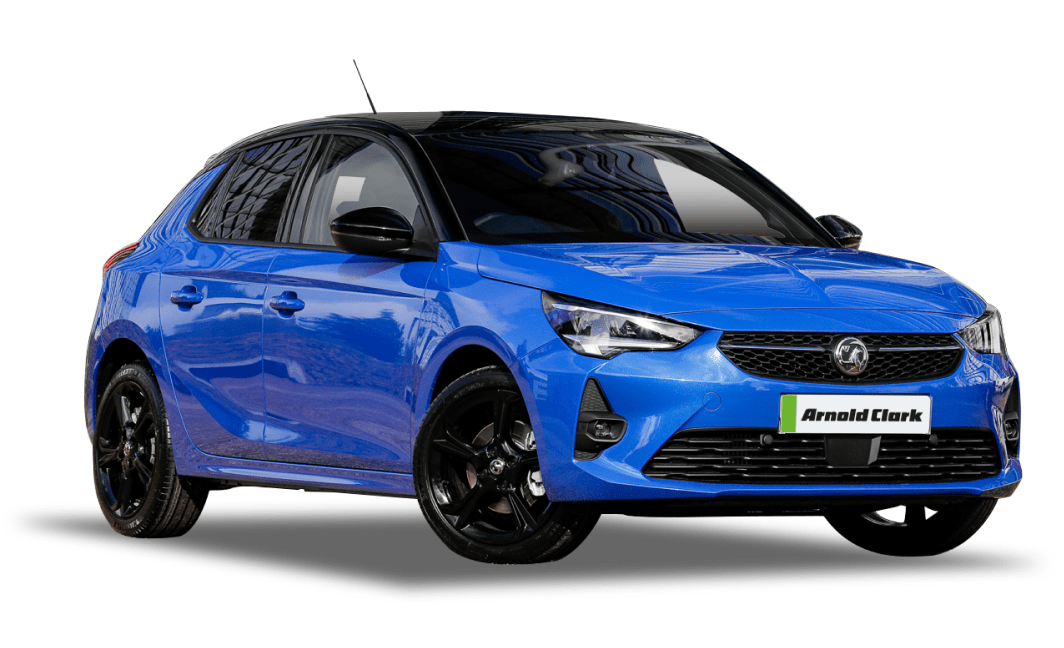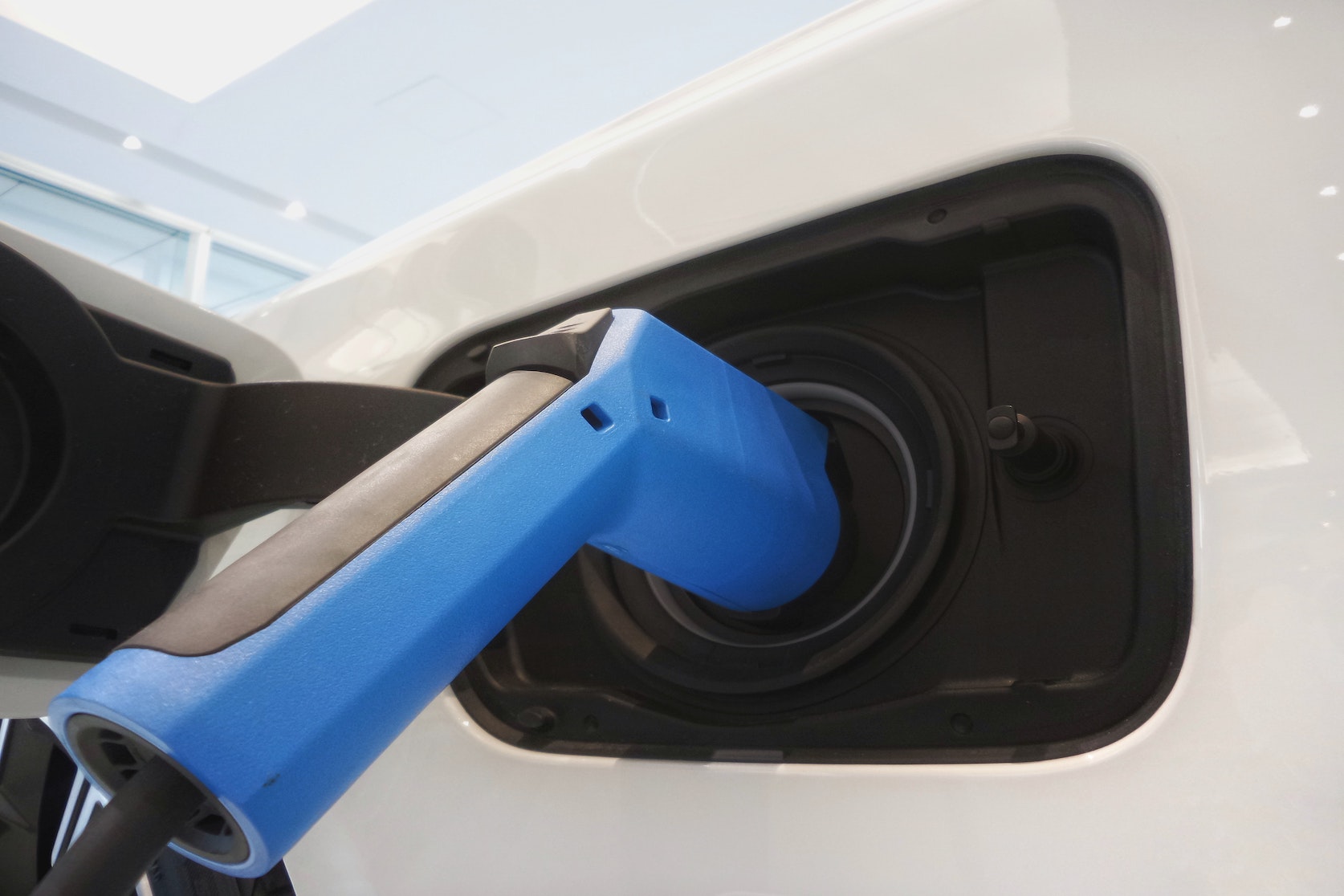

What kind of electric vehicles do we have?
Nissan Leaf
Charging point required:
Yes
How to charge:
Plugged-in
Max charge capacity:
AC: 6.6kW
DC: 50kW
Charger types:
Fast
Type 2
Rapid
Chademo
Nissan Leaf

Hyundai ioniq
Charging point required:
Yes
How to charge:
Plugged-in
Max charge capacity:
AC: 7.2kW
DC: 50kW
Charger types:
Fast
Type 2
Rapid
CCS
Hyundai ioniq

Hyundai Kona
Charging point required:
Yes
How to charge:
Plugged-in
Max charge capacity:
AC: 7.2kW
DC: 77kW
Charger types:
Fast
Type 2
Rapid
CCS
Hyundai Kona

Vauxhall Corsa
Charging point required:
Yes
How to charge:
Plugged-in
Max charge capacity:
AC: 7.4kW
DC: 100kW
Charger types:
Fast
Type 2
Rapid
CCS
Vauxhall Corsa

Where can I charge my electric car hire?
There are over 48,000 EV charging stations in the UK. There are plenty of apps and websites that can help you find your nearest electric car charging points. With these you’ll be able to plan your trip ahead by being able to identify different payment methods and where is best to stop off to recharge yourself and your electric vehicle.
We make EV charging easy.
Have a look at the handy how to charge videos below and avoid any stress.
Frequently asked questions
How long does it take to charge an electric car?
This can depend on several different factors e.g. the size of the battery, the type of charger and even the make and model of the car. Find out more about charging times.
How many miles can I travel in my hired electric car?
This depends on the make and model of the vehicle hired and whether it is a battery electric vehicle or a plug-in hybrid. The average range of an electric car in the UK is 193 miles.
Are all electric cars automatic?
Yes. Electric cars don’t require a clutch and don’t have a multi-speed gearbox.
Will my hired electric vehicle be fully charged when I collect it from the branch?
All EVs will be charged to a minimum of 80%. You should also return a rental EV with a minimum of 80% charge. If the vehicle is returned less than 80% charged, there will be an electric re-charging cost (including surcharge) per kWh incl. VAT.
How can I find out where to charge my electric vehicle?
If you have a long journey planned, we’d definitely recommend using a route planner that some websites/apps provide e.g. Zap-Map.
You can then see what chargers are available along the route you are planning. This way you can incorporate it into your itinerary.
What charging cables and plugs come with the electric vehicle I’ve hired?
This can depend on what make and model of car you are hiring. There should be either a three-pin plug and/or a Type 2 charger in the vehicle on collection.
What is the difference between a battery electric vehicle (BEV) and a plug-in electric vehicle (PHEV)?
BEV – A vehicle (e.g. Hyundai Kona) that is powered solely by electricity that is stored in a battery. These vehicles are powered by 100% electricity. There is no internal combustion engine (ICE). You can recharge a BEV by plugging it into a charge point.
PHEV – A vehicle (e.g. Hyundai IONIQ or Kia Niro) that has an internal combustion engine and a small battery that can be charged by plugging into a charge point. You can drive solely on battery for relatively short journeys. Once the battery is depleted, the car reverts to using the petrol/diesel engine.
I’m not sure if I should hire a battery electric vehicle (BEV) or a plug-in electric vehicle (PHEV)?
There are a number of factors that you might want to consider before choosing a BEV or a PHEV, such as your anticipated mileage, number of passengers, journey route, charging time requirements and the amount of luggage you have with you. If you are unsure, our rental advisors can help talk you through the options. You can contact us for more on this.
What other factors should I consider before hiring an EV?
If you are looking to get the most miles out of your trip, there are some factors you should consider that aren’t just the distance you want to travel. For example, the battery level will decrease more quickly if you are travelling at high speed, if the car’s heating or air condition is on and if it is particularly windy and/or cold outside. These are worth noting when it comes to planning your journey.
We're here to answer your EV questions
Give us a call on 0141 237 4374
or fill out the below form to register your interest.
Put UK's EV Charging network to the test
We recently took part in Greenfleet's EV Rally of Scotland. If you're thinking of switching to electric, you can use Arnold Clark Car and Van Rental to hire an electric vehicle to try for yourself.

The way we drive is changing. Electric, hybrid and alternative fuel cars will gradually take the place of traditionally-fuelled vehicles. At Arnold Clark, we’re getting ready for that change.
Find out moreTerms and conditions
*Dependent on driving conditions.
^From 10% to 80% state of charge, if charged at a 100 kW DC charging station.
^^From 10% to 80% state of charge, if charged at a 50 kW DC charging station.







